How can I associate an RFID tag ID with data in a MySQL database?
696Learn how to link RFID tag IDs to data in a MySQL database for asset tracking, inventory management, and more. Follow step-by-step integration tips with Cykeo’s solutions.
MoreAll RFID Product
Walking into a modern library, I often don’t immediately notice the technology working quietly in the background. But RFID (Radio-Frequency Identification) is slowly changing everything. Compared to traditional barcode systems, its benefits go beyond speed—they transform both the reading experience and the way the library operates.
Before RFID, borrowing and returning books often meant waiting in long lines and scanning each book manually. Now, I can see multiple books being processed at once, making the whole process smoother. Self-service stations equipped with RFID allow readers to complete borrowing or returns quickly, and it really reduces the stress of waiting. It’s a subtle improvement, but it makes visiting the library feel more effortless and inviting.
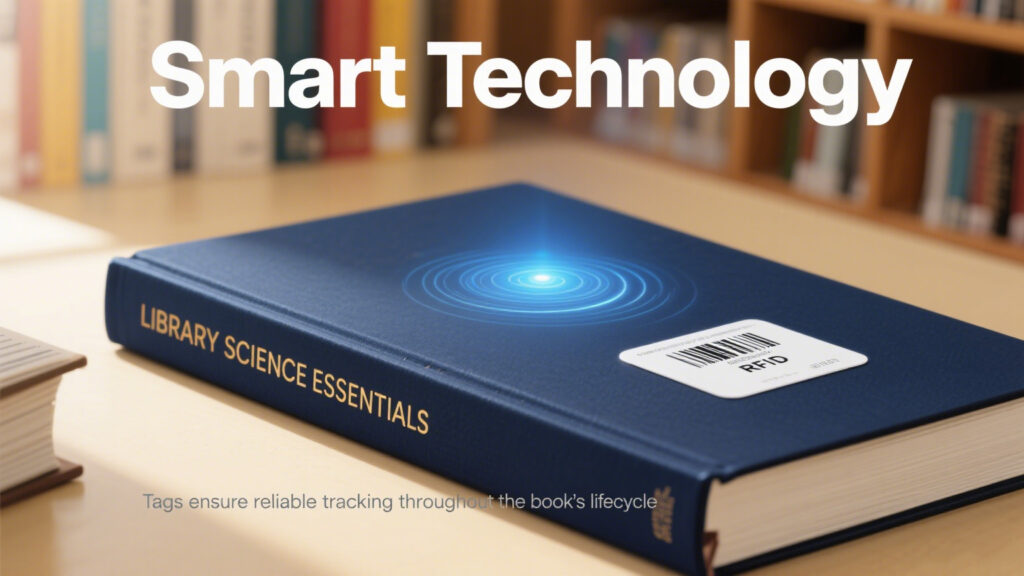
RFID doesn’t just make borrowing easier—it also adds a layer of security. Each book has a tag that, if not deactivated, can trigger sensors at the exit, helping prevent unauthorized removal. I find it reassuring to see technology handle this, taking some of the pressure off staff. Occasionally, I notice tags in books and it reminds me that technology always needs to be applied thoughtfully, balancing convenience with privacy concerns.
From the perspective of library staff, RFID changes the game in inventory management. Instead of painstakingly scanning each book, whole rows can be checked at once, making the process faster and more accurate. Automation frees up staff to focus on more meaningful tasks—like helping readers, organizing events, or thinking about how to make the collection more useful and appealing.

RFID tags come in various forms to suit different types of books and media. They are durable and reliable, and libraries can choose the right type based on budget and specific needs. This flexibility means the technology isn’t just about efficiency—it’s about making library operations adaptable and practical.
In my view, RFID has quietly improved the way libraries function. It enhances the borrowing experience, strengthens security, and simplifies inventory management. Technology is making libraries smarter and more efficient, but at the heart of it all, the goal is to create an environment where readers feel comfortable and supported. After all, the essence of a library is still about discovery, reflection, and the joy of reading.
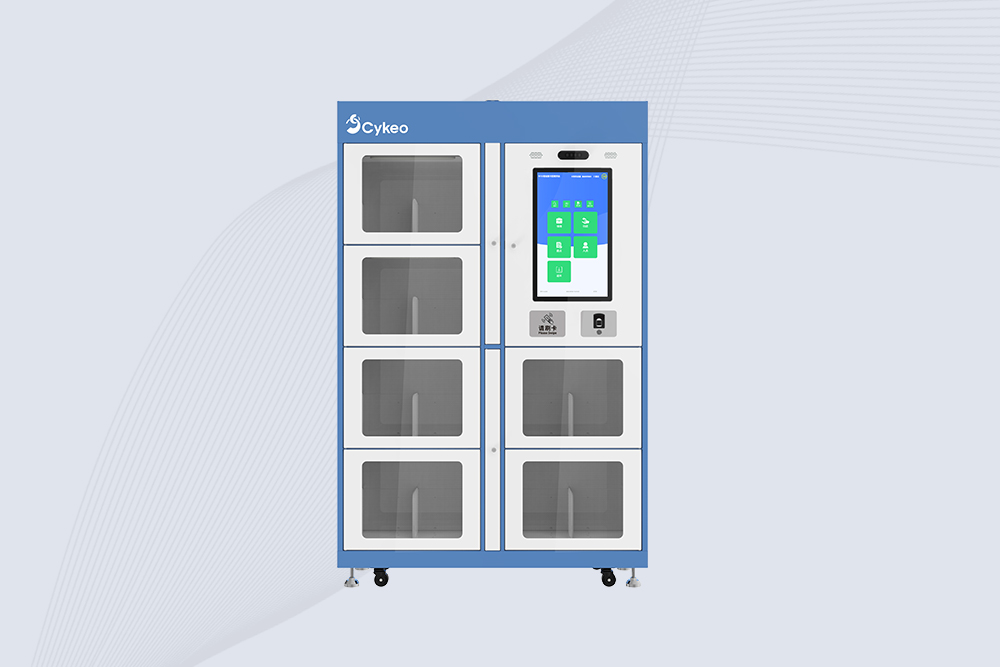
Cykeo CK-G68B RFID smart bookcase features BookEye™ technology, 175-book capacity, and SAP integration for automated library management. Industrial-grade construction for 24/7 unmanned operations.
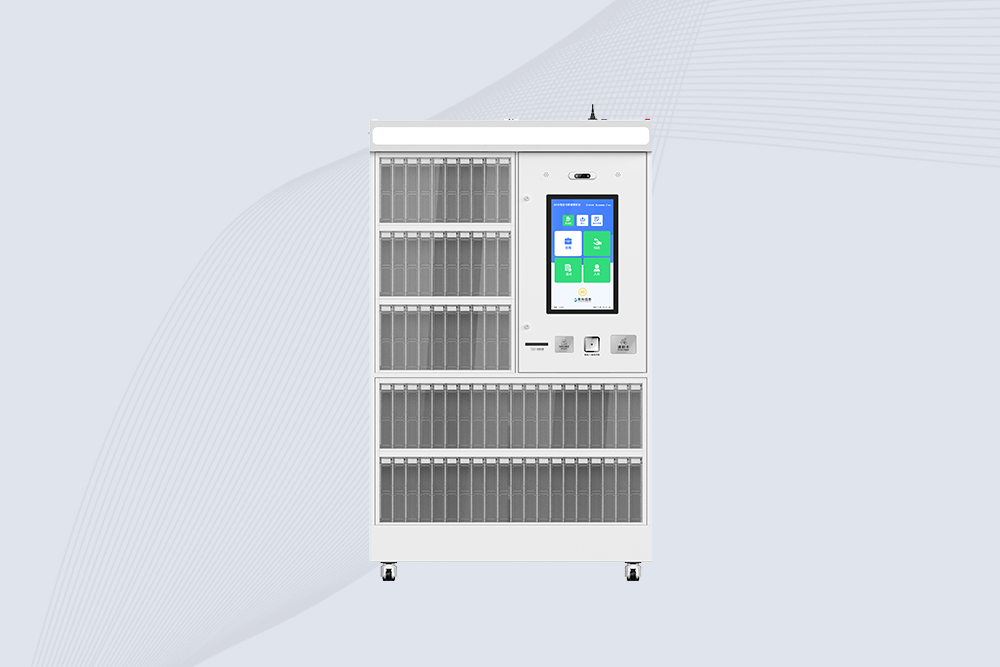
Cykeo’s RFID Mobile Library Cabinet enables 24/7 self-service book lending with 100-tag RFID scanning, facial recognition & solar power. Ideal for schools/communities.
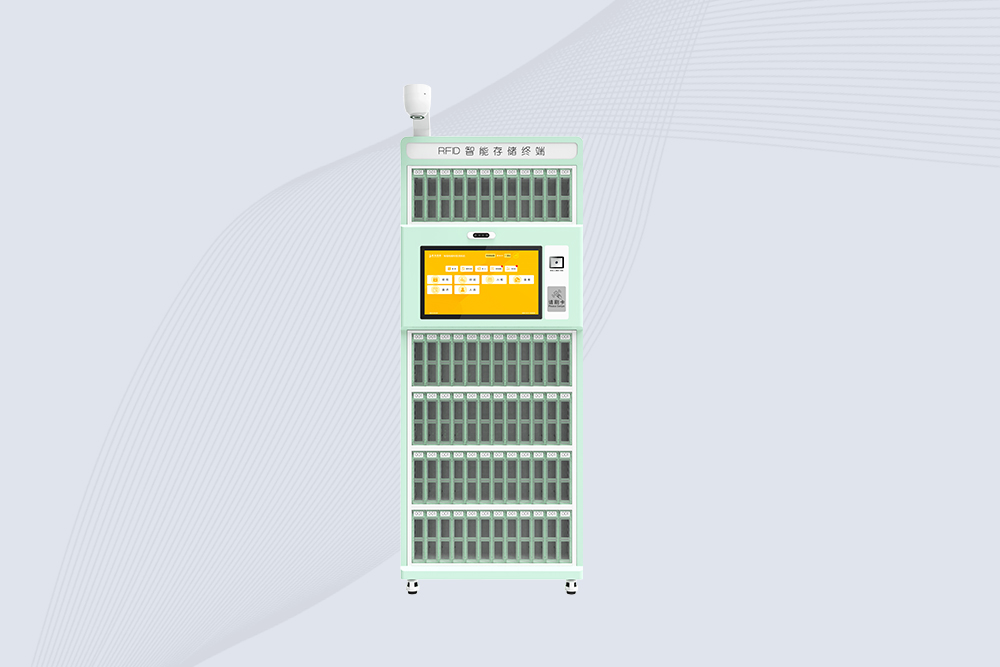
Cykeo’s RFID Book Reservation Locker offers 24/7 contactless book pickup, AI facial recognition & solar power for libraries/archives. Supports 72 RFID slots.
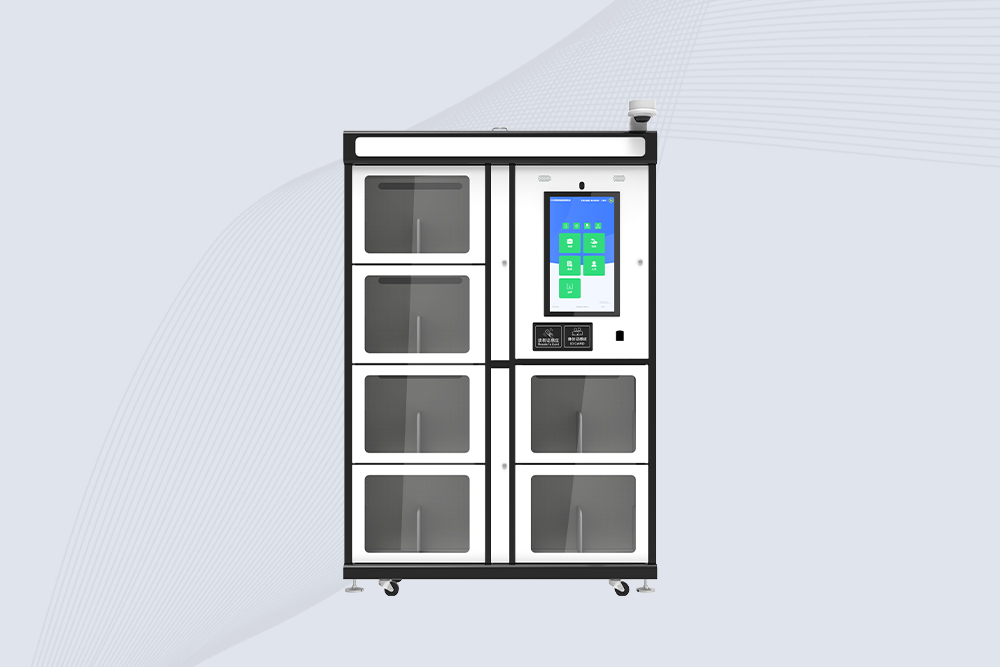
Cykeo’s industrial RFID School Library Cabinet features Impinj R2000 UHF technology, 21.5″ touchscreen & customizable compartments for academic archives, museums and libraries. Dual OS supports Windows/Android.
Learn how to link RFID tag IDs to data in a MySQL database for asset tracking, inventory management, and more. Follow step-by-step integration tips with Cykeo’s solutions.
MoreA look at RFID technology, from HF reader design quirks to real-world applications in security, retail, and smart systems, including the challenges and lessons learned along the way.
MoreLearn the key differences between RFID passive and active tags, how they work, and where each type is used. Find out which RFID tag suits your project best.
MoreUHF RFID tags, with their unique performance advantages, have become the preferred choice for businesses aiming to improve operational efficiency.
More